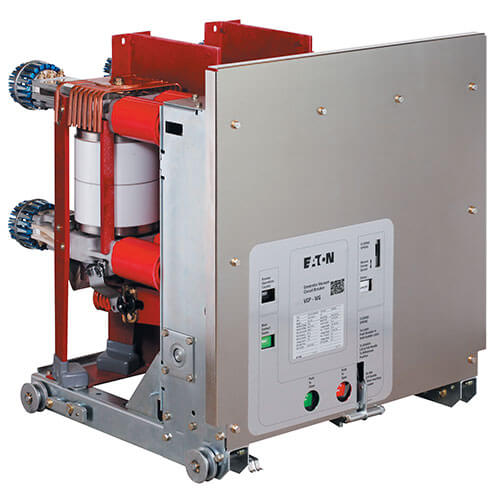circuit breaker and explanation of what it is
Circuit breakers are essential safety devices that are used to protect electrical circuits from overloads and short circuits. They work by interrupting the flow of electricity when a dangerous condition occurs, preventing fires and other damage. There are several different types of circuit breakers available, each of which has its own specific applications.

Low Voltage Circuit Breakers
Low Voltage Circuit Breakers
Low-voltage circuit breakers are designed for use in residential and commercial applications where the voltage is less than 1000 volts. They are available in a variety of types, including:
- Molded case circuit breakers (MCCBs) are the most common type of low voltage circuit breaker. They are used to protect circuits from overloads and short circuits.
- Air circuit breakers (ACBs) are used for high-current applications. They are also used in circuits where there is a high risk of arcing.
- Miniature circuit breakers (MCBs) are used to protect small circuits. They are often used in appliances and other electronic devices.
- Residual current circuit breakers with overcurrent protection (RCCBs) are used to protect circuits from ground faults. They are also known as ground fault circuit interrupters (GFCIs).

Low Voltage Circuit Breakers
Medium Voltage Circuit Breakers
Medium voltage circuit breakers are designed for use in industrial applications where the voltage is between 1,000 and 36,000 volts. They are available in a variety of types, including:
- Gas circuit breakers (GCBs) are the most common type of medium voltage circuit breaker. They are used to protect circuits from overloads, short circuits, and ground faults.
- Vacuum circuit breakers (VCBs) are used for high-current applications. They are also used in circuits where there is a high risk of arcing.
- Oil circuit breakers (OCBs) are used in older installations. They are being phased out in favor of GCBs and VCBs due to their environmental impact.

High Voltage Circuit Breakers
High-voltage circuit breakers are designed for use in power transmission and distribution systems where the voltage is above 36,000 volts. They are available in a variety of types, including:
- Air blast circuit breakers (ABCBs) are used to protect circuits from overloads, short circuits, and ground faults.
- SF6 circuit breakers (SF6CBs) are used for high-current applications. They are also used in circuits where there is a high risk of arcing.
- Vacuum circuit breakers (VCBs) are used in power transmission and distribution systems. They are becoming increasingly popular due to their small size and low maintenance requirements.

Application of Circuit Breakers
circuit breaker in a switchboard
Circuit breakers are used in a wide variety of applications, including:
- Residential and commercial buildings
- Industrial plants
- Power transmission and distribution systems
- Transportation systems
- Medical devices
Conclusion
Circuit breakers are essential safety devices that protect electrical circuits from overloads and short circuits. They are available in a variety of types, each of which has its own specific applications. When choosing a circuit breaker, it is important to consider the voltage, current, and application of the circuit.

















